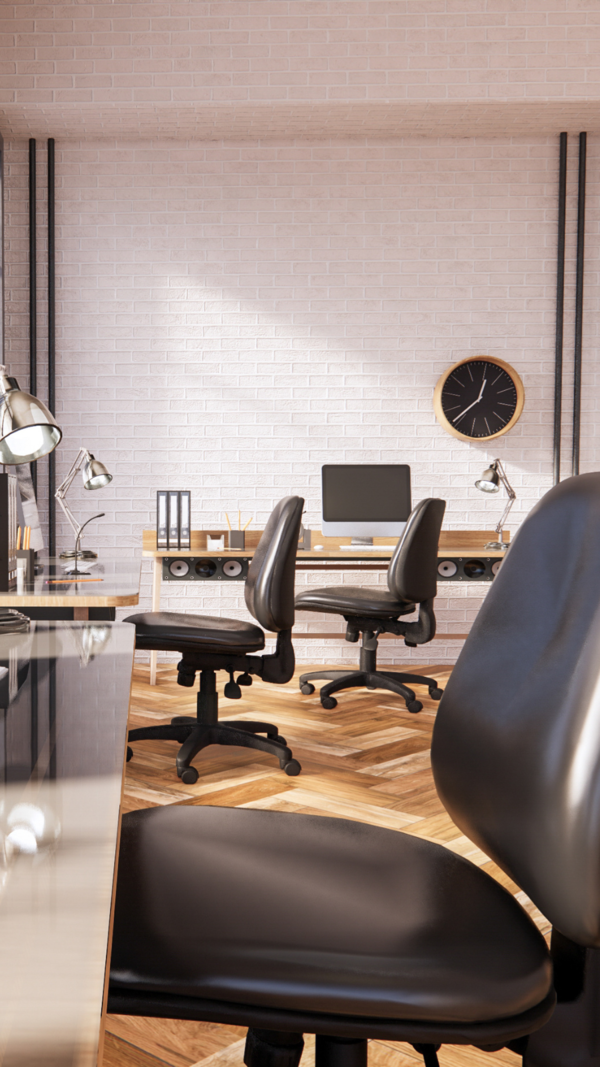- News
- Education News
- News
- Innovations at work
Trending
This story is from April 25, 2016
Innovations at work
Students display projects such as a system to print Braille books and nanomaterials that can remove effluents

By Charu Narula
Students display projects such as a system to print Braille books and nanomaterials that can remove effluents
IIT-Delhi organised an open house where stu dents displayed projects that could be used to provide solutions such as a reader for the visually challenged; a system to print cheap Braille books; and nanomaterials that can remove effluents.Other projects included ways to treat waste.
The Braille books can help the visually challenged understand diagrams, maps and shapes in textbooks.The textbooks include tactile graphics which are supposed to provide access to non-visual representations of diagrams and figures in subjects such as maths, sci ence, economic and geography, which have been a challenge for persons with visual impairment. The model has been developed by Centre of Excellence in Tactile Graphics (Co ETG), set up to em power persons with visual im pairment by pro viding such diagrams in high-quality tactile form at a low cost. With a team of designers, engineers and technicians have created diagrams which would be available for Rs 15 per sheet.
There was is a need for such projects as almost 50% of the physically challenged in India are visually challenged, said Balakrishnan, who is in charge of several projects related to the visually challenged, including the Braille display.
Tactile graphics are images that consist of raised lines and textures produced using embossing, thermoforming or other technologies on a physical medium like PVC sheets or Braille paper so that people with visual impairment could perceive images by touching. Tactile graphics could be produced in many ways, but embossing, thermoforming and swell paperbased options are the most popular, said Balakrishnan.Embossing for tactile graphics involves using a special Braille printer to emboss a diagram on normal Braille paper.
Others showcased bamboo structures as a sustainable alternative to cementand-steel columns.
The projects were aimed at solving problems of the masses. V Ramgopal Rao, institute director, said, “The exhibition provides an opportunity for the public to see our students' work.“
The institute has been organising open houses for 12 years. Some projects make it beyond the prototype stage and become products. Professors said they were trying to involve more students in research projects.
Students display projects such as a system to print Braille books and nanomaterials that can remove effluents
IIT-Delhi organised an open house where stu dents displayed projects that could be used to provide solutions such as a reader for the visually challenged; a system to print cheap Braille books; and nanomaterials that can remove effluents.Other projects included ways to treat waste.
The Braille books can help the visually challenged understand diagrams, maps and shapes in textbooks.The textbooks include tactile graphics which are supposed to provide access to non-visual representations of diagrams and figures in subjects such as maths, sci ence, economic and geography, which have been a challenge for persons with visual impairment. The model has been developed by Centre of Excellence in Tactile Graphics (Co ETG), set up to em power persons with visual im pairment by pro viding such diagrams in high-quality tactile form at a low cost. With a team of designers, engineers and technicians have created diagrams which would be available for Rs 15 per sheet.
“The class IX Braille study material with tactile diagrams in six volumes has been produced by the centre and is being tested in schools,“ informed M Balakrishnan, professor, department of computer sci ence and engineering.
There was is a need for such projects as almost 50% of the physically challenged in India are visually challenged, said Balakrishnan, who is in charge of several projects related to the visually challenged, including the Braille display.
Tactile graphics are images that consist of raised lines and textures produced using embossing, thermoforming or other technologies on a physical medium like PVC sheets or Braille paper so that people with visual impairment could perceive images by touching. Tactile graphics could be produced in many ways, but embossing, thermoforming and swell paperbased options are the most popular, said Balakrishnan.Embossing for tactile graphics involves using a special Braille printer to emboss a diagram on normal Braille paper.
Others showcased bamboo structures as a sustainable alternative to cementand-steel columns.
The projects were aimed at solving problems of the masses. V Ramgopal Rao, institute director, said, “The exhibition provides an opportunity for the public to see our students' work.“
The institute has been organising open houses for 12 years. Some projects make it beyond the prototype stage and become products. Professors said they were trying to involve more students in research projects.
End of Article
FOLLOW US ON SOCIAL MEDIA










